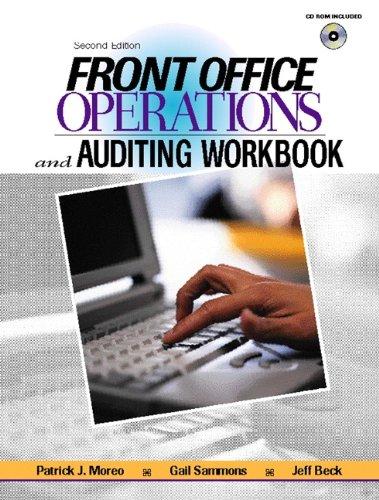


1) Question. Construct the representative household's utility maximisation decentralised problem such that a, = consumption, labour and capital 2) Question All else equal, exhibit the intermediate goods firm's profit maximisation problem and calculate the optimal rules attendant on labour and capital a-1eH+e,whereby N (0, a2); find the optimal rules attendant on 3) Question. All else equal, take the representative household's budget constraint and plug the implicit profit equation into the same, cancelling out terms 4) Question. All else equal, display the laws of motion for consumption (i.e. first and third household FOCS), labour supply (i.e. second household FOC), labour demand (ie. first firm FOC), capital return (i.e. second firm FOC), the aggregate resources explicit household budget constraint), output (i.e. production function) and technology (i.e. productivity equation) and express consumption, capital and output as trend non-stationary variables, that is, as X a,x, for X = C, K, Y and r = c, k, y. NB. FOC stands for first order condition (i.e 5.22 RBC model elaboration 5.22a) Such established, the utility function, expressing household or consumer ences, is homogeneous of first degree, continuous, increasing in consumption, decreasing in labour and concave in both; such function actually appertains to the class of the HRRA utility functions. The social planner maximises utility with consumption, labour and capital capital net of its depreciated value be supplied by featuring factor augmenting productivity multiplying extant capital and labour at their respective output shares. In effect, such supply delineates the imperfect complements or Cobb Douglas production function, a declension of the CES production function family, as mentioned, homogeneous of first degree, continuous, increasing in both capital and labour and concave in the same two Qua twice continuously differentiable function by the mentioned properties it spotlights these limit laws: lim as the Inada conditions, due to Ken-Ichi Inada The law of motion for factor augmenting or Hicks neutral productivity, jurta John Hicks that being technology, is finally represented by an autoregressive process of first order non-stationary, drifted and subject to white noise perturbations, denominated random walk with drift. Reminisce stationarity; a time series process is stationary if and only if retains a finite mean, variance and covariance: E (a)= u









